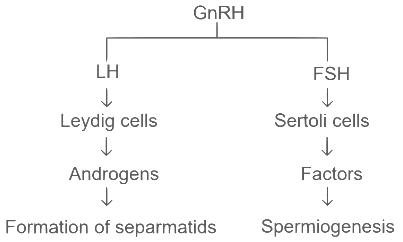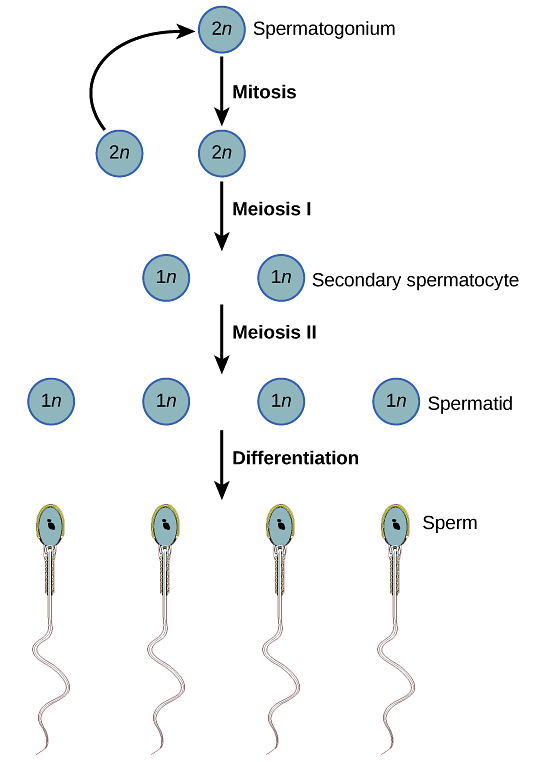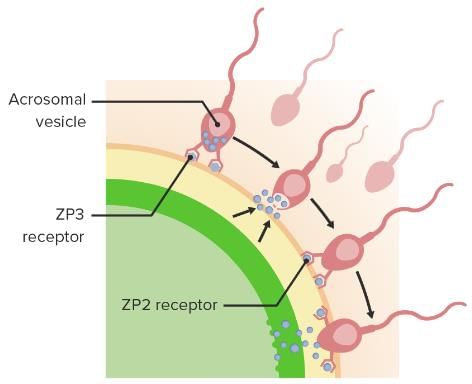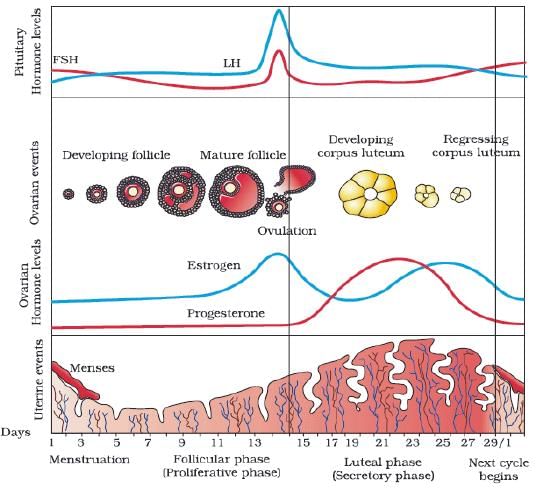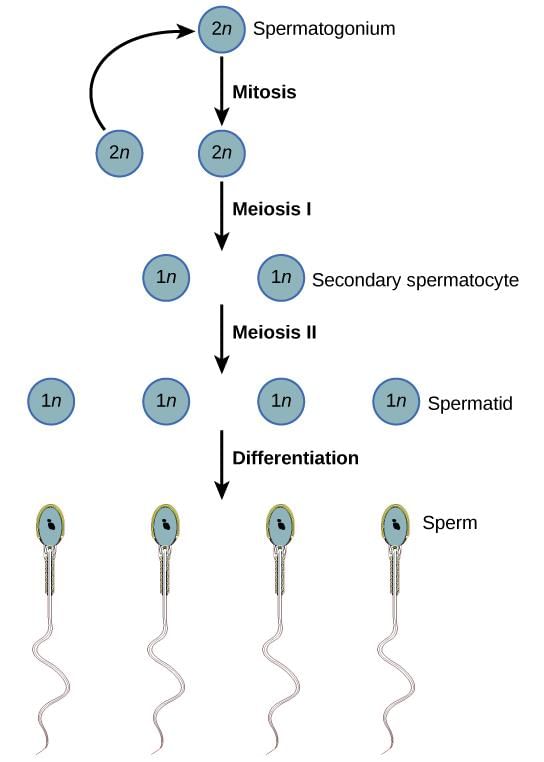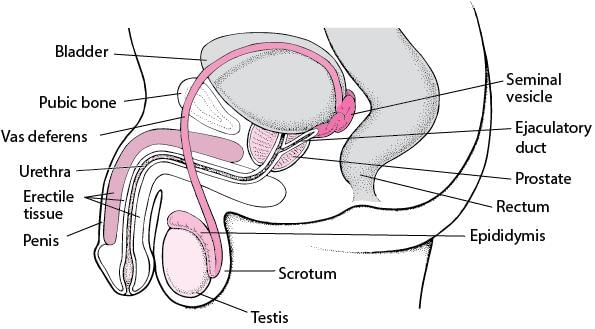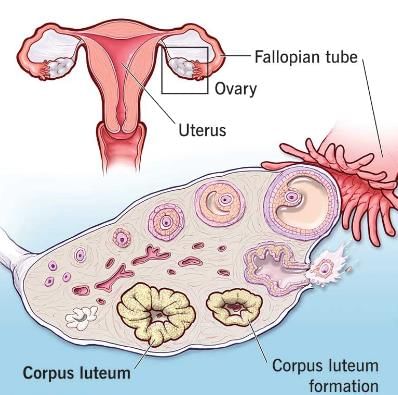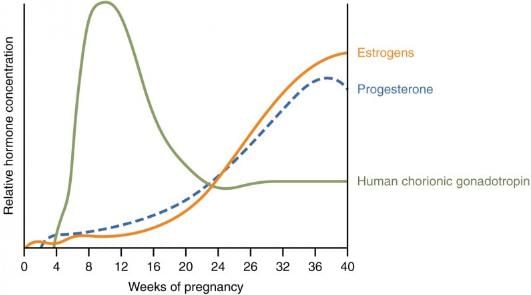31 Years NEET Previous Year Questions: Human Reproduction - 1 - NEET MCQ
19 Questions MCQ Test - 31 Years NEET Previous Year Questions: Human Reproduction - 1
Which of the following is not a component of Fallopian tube? (2024)
Given below are two statements: (2024)
Statement I: The presence or absence of hymen is not a reliable indicator of virginity.
Statement II: The hymen is torn during the first coitus only.
In the light of the above above statements, choose the correct answer from the options given below :
Statement I: The presence or absence of hymen is not a reliable indicator of virginity.
Statement II: The hymen is torn during the first coitus only.
In the light of the above above statements, choose the correct answer from the options given below :
Identify the correct option (A), (B), (C), (D) with respect to spermatogenesis. (2024)
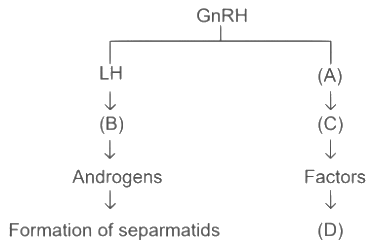

Given below are two statements: (2023)
Statement I: Vas deferens receives a duct from seminal vesicle and opens into urethra as the ejaculatory duct.
Statement Il: The cavity of the cervix is called cervical canal which along with vagina forms birth canal.
In the light of the above statements, choose the correct answer from the options given below:
Which of the following statements are correct regarding female reproductive cycle? (2023)
(a) In non-primate mammals cyclical changes during reproduction are called oestrus cycle.
(b) First menstrual cycle begins at puberty and is called menopause.
(c) Lack of menstruation may be indicative of pregnancy.
(d) Cyclic menstruation extends between menarche and menopause.
Choose the most appropriate answer from the options given below.
Given below are two statements: one is labelled as Assertion A and the other is labelled as Reason R. (2023)
Assertion A: Endometrium is necessary for implantation of blastocyst.
Reason R: In the absence of fertilization, the corpus luteum degenerates that causes disintegration of endometrium.
In the light of the above statements, choose the correct answer from the options given below:
Given below are two statements: (2022)
Statement I: The release of sperms into the seminiferous tubules is called spermiation.
Statement II: Spermiogenesis is the process of formation of sperms from spermatogonia.
In the light of the above statements, choose the most appropriate answer from the options given below :
At which stage of life the oogenesis process is initiated? (2022)
Which of the following statements are true for spermatogenesis but do not hold true for Oogenesis? (2022)
(a) It results in the formation of haploid gametes
(b) Differentiation of gamete occurs after the completion of meiosis
(c) Meiosis occurs continuously in a mitotically dividing stem cell population
(d) It is controlled by the Luteinising hormone (LH) and Follicle Stimulating Hormone (FSH) secreted by the anterior pituitary
(e) It is initiated at puberty
Choose the most appropriate answer from the options given below:
Receptors for sperm binding in mammals are present on: (2021)
Which of the following secretes the hormone, relaxin, during the later phase of pregnancy? (2021)
Which of the following hormone levels will cause release of ovum (ovulation) from the graafian follicle? (2020)
Select the incorrect statement : [2016]
Fertilization in humans is practically feasible only if: [2016]
Which of these is not an important component of initiation of parturition in humans ? [2015 RS]
Which of the following cells during gametogenesis is normally diploid? [2015 RS]
The shared terminal duct of the reproductive and urinary system in the human male is: [2014]
The main function of mammalian corpus luteum is to produce: [2014]
Select the correct option describing gonadotropin activity in a normal pregnant female: [2014]



